Popular on Food52
Continue After Advertisement
7 Comments
Candice
March 28, 2018
Do you use a whole cabbage? I can't find anywhere that says the amount, but I assume it's not just 'food scrap' amount. Beautiful eggs! Can't wait to make these! :)
W B.
March 18, 2016
I made these eggs this morning and wanted to send a picture but can't figure out how to. I have dyed eggs in onion skins for years. I pretty much follow your method except I cook the eggs submerged in the pot with skins and vinegar. Maybe overdone for some tastes but that's how my husband likes them. I gather small bits of pretty weeds that are growing and use the nylon stockings to hold in place. They are just beautiful!!! Sometimes I wipe olive oil on them for a sheen. How can I send a picture?
W B.
March 18, 2016
Oh... And I tried the cabbage with no luck. I will try again following your directions.
Corynne P.
March 19, 2016
Hi! Your eggs are so beautiful!!! I received your photo through a customer care representative at Food52. Such a good idea to use olive oil, as well. Thanks for sharing!
Deborah
April 18, 2019
Same here, I grew up in Switzerland doing it this way. Also, I do not add any vinegar to the dye, not sure why it is necessary unless you want to change the color.
JoAnne L.
April 19, 2019
My Grandmother was from Switzerland, I grew up dying eggs with brown onion skins. She would carefully wrap the skins around the eggs and secure them with sewing thread. When we unwrapped them they were beautifully marbled in shades of brown and yellow. She dried them and rubbed a bit of vegetable on them to make them shine. Thank You for bringing back a favorite childhood memory!
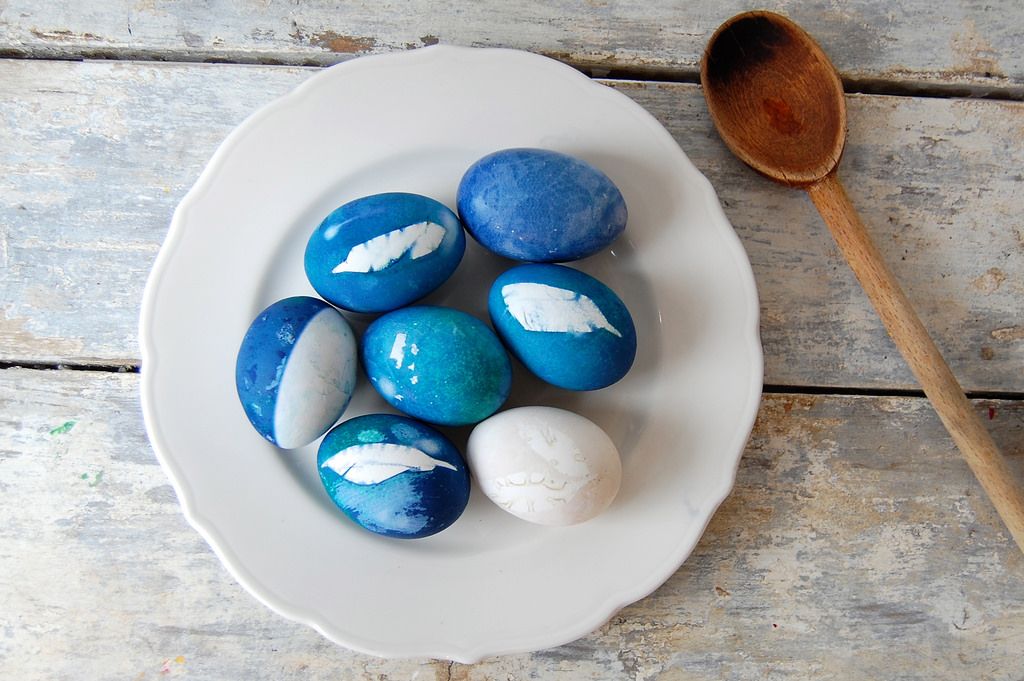
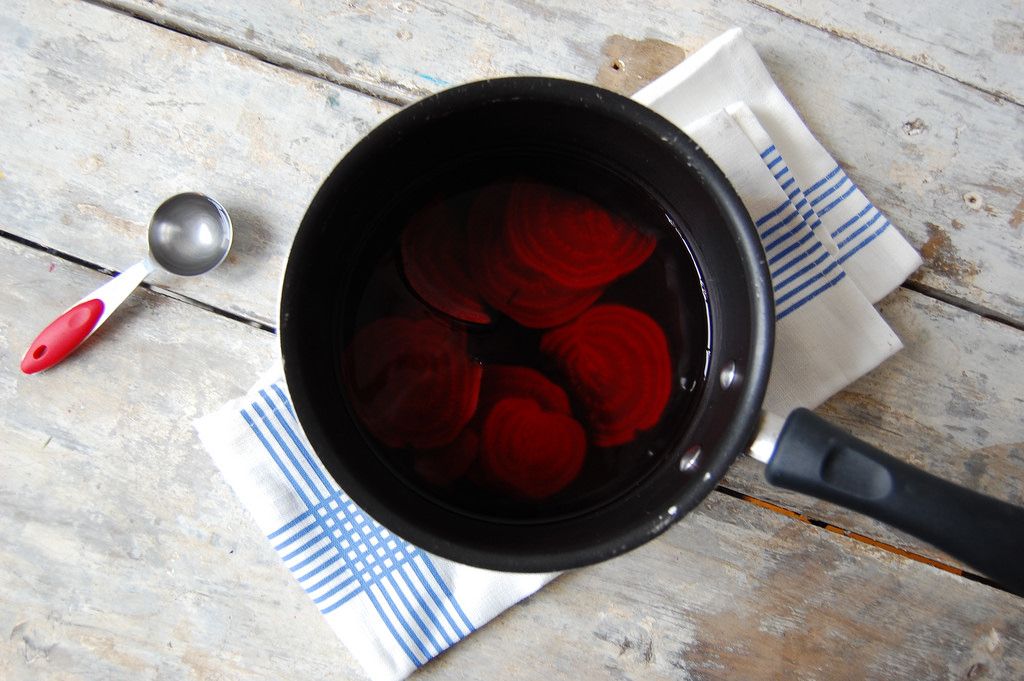
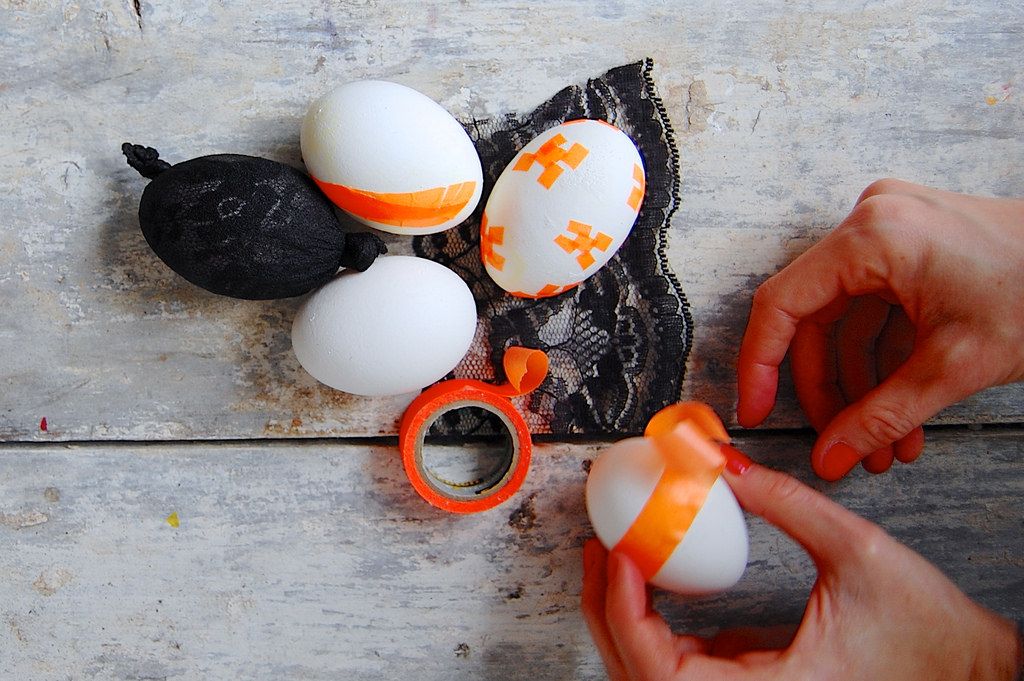
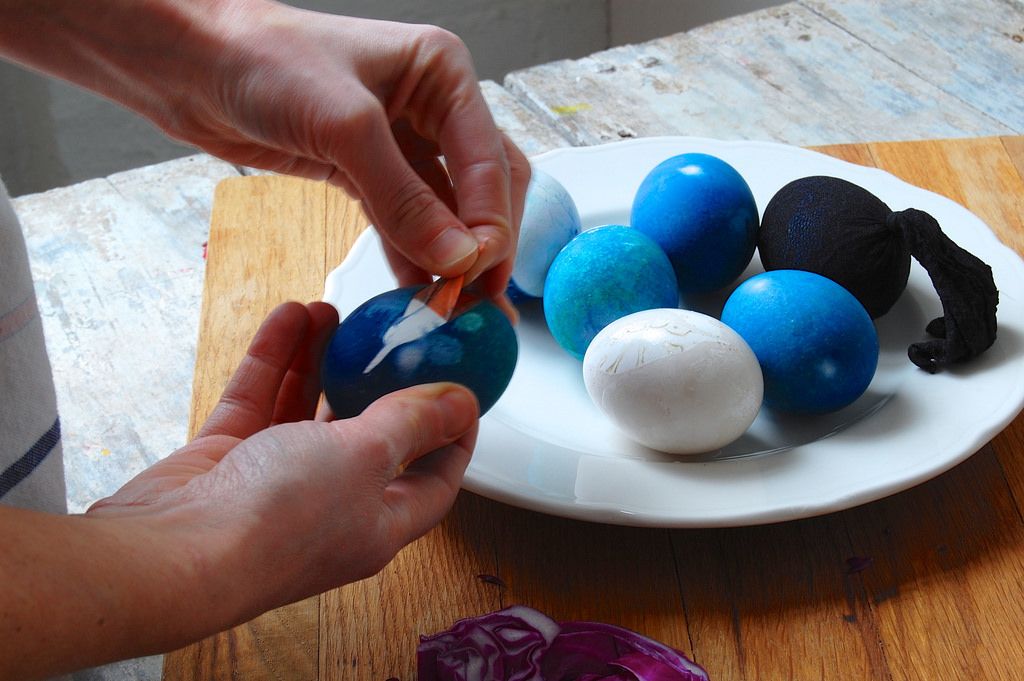

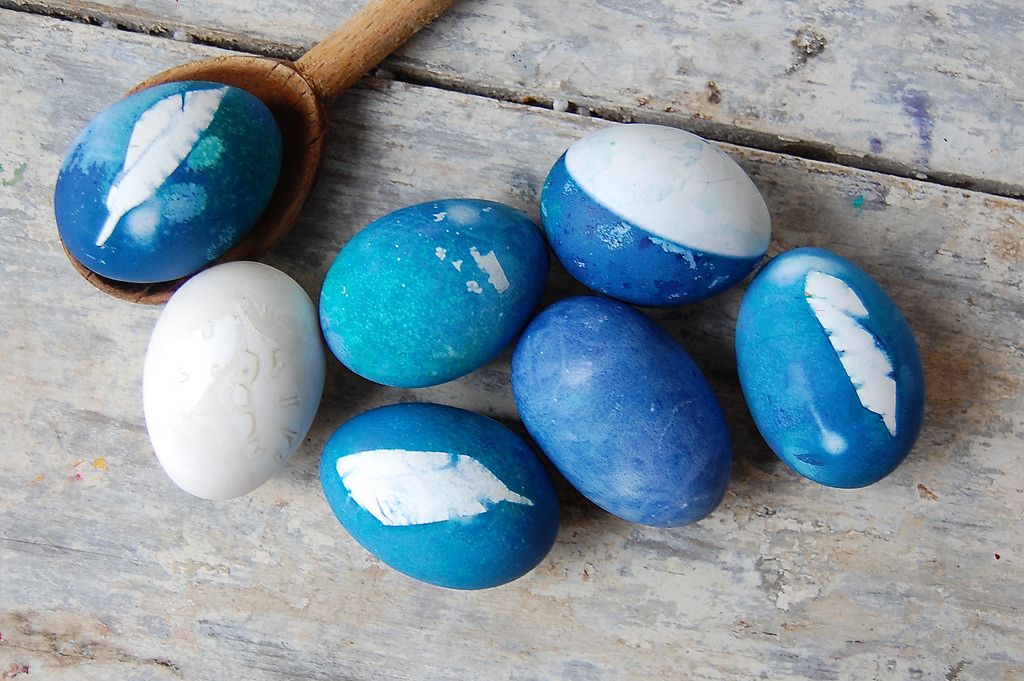

See what other Food52 readers are saying.